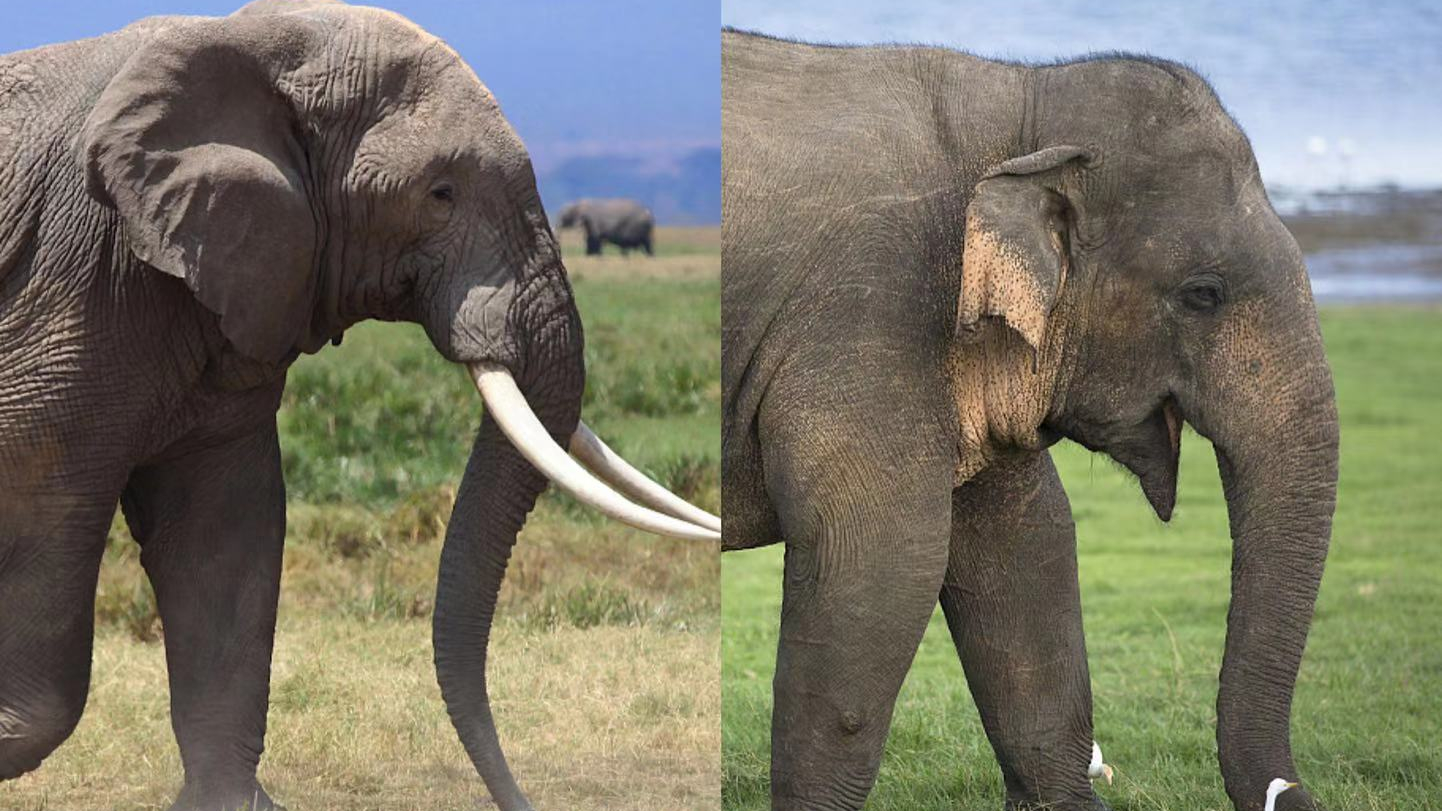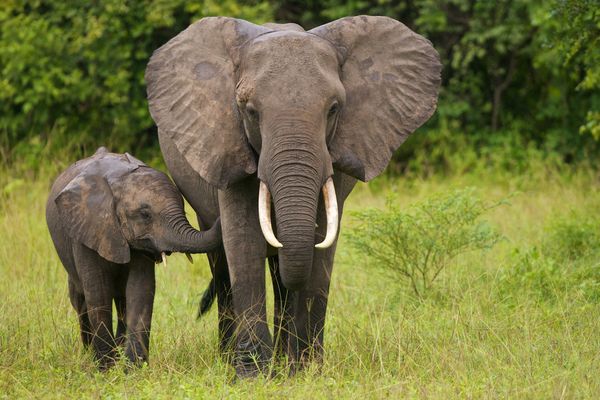Facts on Elephant , facts unbelievable, unknown facts on animals
FACT's On Elephants


Most living Animals are amazing in their own different life & ways.
But what most people don’t realize is, elephants are even more amazing when you discover some really awesome facts!
I will tell great & amazing random facts about elephants, which I’m sure will make you appreciate these amazing creatures much better.
#1. If an elephant dies, their family members take care of his/her bones - unknowingly surprising
#2. The average ear size of African elephants and an Asian Elephant are very uncommon - African Elephants ears are 3x three times of the Asian elephants

#3. For Elephants, their signal passing instrument is the ear. they use their ears in such a way which is amazing.
#4. This is a little weird to know that an adult elephant poops 36.2874 KG in a day.
#5. Both African & Asian Elephants use their ears are AC ( Air Conditioner ) - A cool Facts.
#6. An Elephant was tied & hanged for murder back in 1916 - so inhumane.
#7. Elephants are so friendly with the smell of water that they can smell it from 3 miles ( 4.82 approx. ).
#8. On this earth, Elephants are the only unlucky mammals who can't jump.
#9. An Elephant spends around 15-16 hours on eating in a single day - Such a busy person.

#10. An elephant can sleep while standing.
#11. Elephants don't have any bones in their trunk OMG. they have 150K ( 150,000 ) muscle fibre & nerves which give it flexibility.
#12. The elephants are so conscious & have enough control over their trunk that they lift egg without breaking it with their trunk.
#13. Elephants can hold 4L of water in their trunk in order to drink it.
#14. They can swim for long distances
#15. They have a pulse rate of 27.

source: WWF
Elephants are the largest land mammals on earth and have distinctly massive bodies, large ears, and long trunks. They use their trunks to pick up objects, trumpet warnings, greet other elephants, or suck up water for drinking or bathing, among other uses. Both male and female African elephants grow tusks and each individual can either be left- or right-tusked, and the one they use more is usually smaller because of wear and tear. Elephant tusks serve many purposes. These extended teeth can be used to protect the elephant's trunk, lift and move objects, gather food, and strip bark from trees. They can also be used for defence. During times of drought, elephants even use their tusks to dig holes to find water underground.
The African elephant is the largest of all elephant species and weighs up to eight tons. Two genetically different African subspecies exist the savanna and the forest elephant, with a number of characteristics that differentiate them both.
Asian elephants differ in several ways from their African relatives, with more than 10 distinct physical differences between them. For example, Asian elephants are smaller than their African cousins, and their ears are smaller compared to the large fan-shaped ears of the African species. Only some male Asian elephants have tusks, while both male and female African elephants grow tusks.
Led by a matriarch, elephants are organized into complex social structures of females and calves, while male elephants tend to live in isolation or in small bachelor groups. A single calf is born to a female once every four to five years and after a gestation period of 22 months—the longest of any mammal. Calves are cared for by the entire herd of related females. Female calves may stay with their maternal herd for the rest of their lives, while males leave the herd as they reach puberty.
Elephants need extensive land areas to survive and meet their ecological needs, which includes food, water, and space. On average, an elephant can feed up to 18 hours and consume hundreds of pounds of plant matter in a single day. As a result, as they lose habitat, they often come into conflict with people in competition for resources.



No comments: